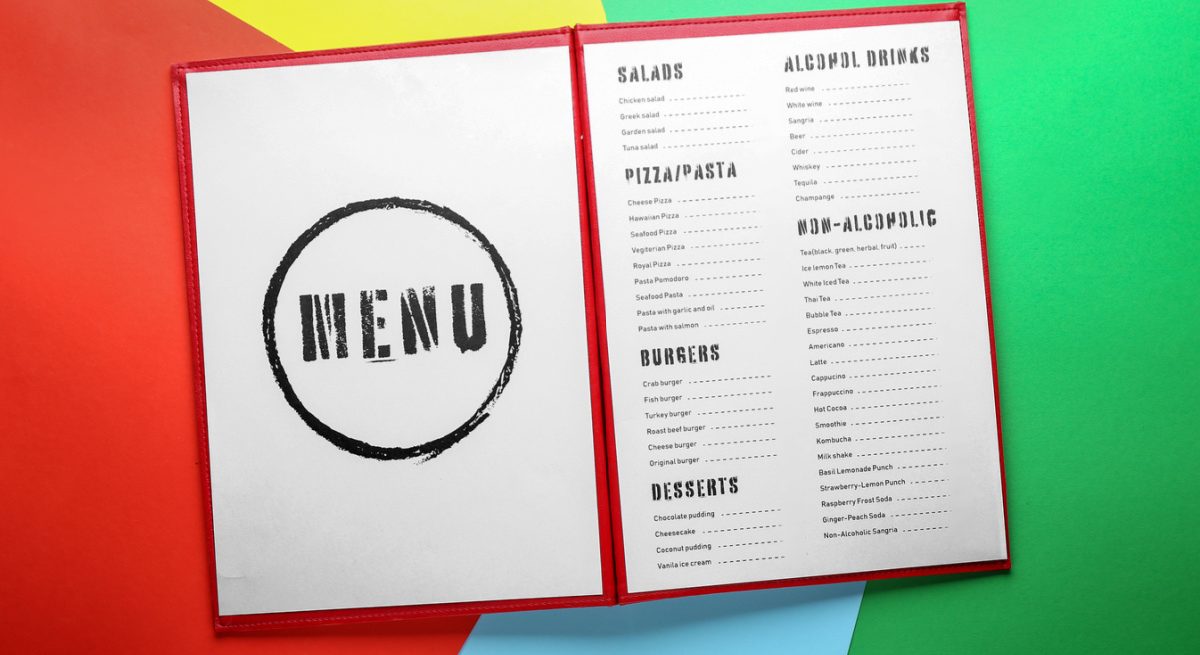Lost in Translation? Why Conscientious Menu Language Matters
4 Min Read By Emily Safrin
The last time I was in Madrid, a friend and I perused English menus at a popular tapas joint. I requested the Spanish menu, too. As a food translator, I know that seeing the original is often the best way to decipher what’s on offer.
As I salivated over old favorites, my non-Spanish-speaking friend asked, “What’s this world-famous potato dish with eggs? Hash browns?”
As it turned out, it was tortilla española.
The translation wasn’t inaccurate—Spanish tortilla is indeed made with potatoes and eggs, but so are countless other Spanish dishes. The English menu lacked context that we gleaned only by looking at the Spanish.
Back in the US, when it comes to representing foods from other cultures, the stakes are higher. We risk not just a confused tourist, but a distorted conception of an entire culture. Krishnendu Ray, chair of Food Studies at New York University, argues that cooking and sharing food from other cultures is an act of translation. If that’s so, then we…
Sorry, You've Reached Your Article Limit.
Register for free with our site to get unlimited articles.
Already registered? Sign in!


